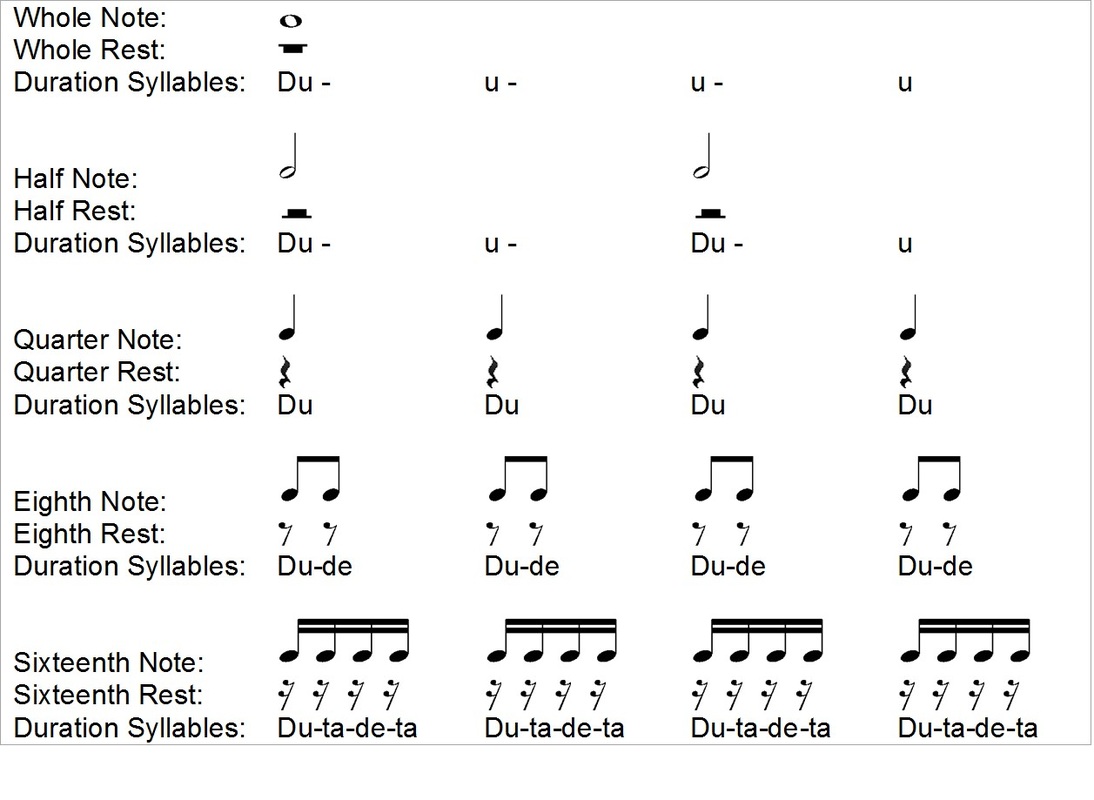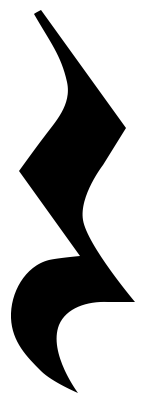
Like notes, there are different rests in music. What Are the Different Types of Rests in Music With notes and rests, you can create a sense of rhythm, structure, and timing in music. They also show the length of the pause before playing the next note or sequence. Rests are symbols in music that show you when you shouldn’t produce any sound. They appear as a filled-in circle with three flags and a stem and are held for an eighth of a beat in a 4/4-time signature. Demisemiquaver (32nd Note)ĭemisemiquaver notes last half as long as sixteenth notes. You’ll be able to identify a semiquaver note with its filled-in circle with two flags and a stem symbol. They are half as long as eighth notes, and we often use them in fast-paced passages. Semiquaver or sixteenth notes last a quarter of a beat in a 4/4-time signature and have a note value of 1/4. Their representation is a filled-in circle with a flag and a stem. We often use them in quick-paced passages. They are an eighth as long as whole notes. It has a note value of 1/2 and lasts for half a beat in a 4/4-time signature. We hold them for one beat in a 4/4-time signature. Their illustration comprises a filled-in circle with a stem. Many musicians or composers use it in fast-paced passages. They are also referred to as quarter notes and have a note value of 1. This note appears as an open circle with a stem and lasts for two beats in a 4/4-time signature. It is half the duration of whole notes and is common in moderate-tempo passages.

It appears as an open circle and lasts for four beats in a 4/4- time signature. Some of the most common include: SemibreveĪ semibreve or a whole note has the longest duration, making it common in slow, melodic passages. Each has a unique note duration, appearance, value, and beat length. Bar: The bar or beam is a horizontal line connecting many notes of the same pitch, showing that you should play or sing.Įxpert Tip: Stems and beams help you organize and simplify the notation of your music, making it easier to read and play.They tell you that the note is shorter-the more flags attached to a stem, the shorter the note duration. Flags: Flags are small, diagonal lines attached to the stem of a note.

You can often see it pointing up or down, depending on the position of the note on the stave. Stem: The stem is the vertical line that extends from the note head to show you the note’s duration.It can be filled in (black) or left open (white) and appear on a line or in a space on the musical stave. Note head: A note head is a round or oval-shaped part showing the pitch of the note you should play or sing.Each note has four parts: the note head, flags, stem, and bars.

Notes represent the pitch (how high or low) and duration (how long or short) of a sound. Understanding them allows you to enjoy the music you listen to and even create your own. Notes and rests in music create melodies, harmonies, and rhythms essential to any composition.


 0 kommentar(er)
0 kommentar(er)
